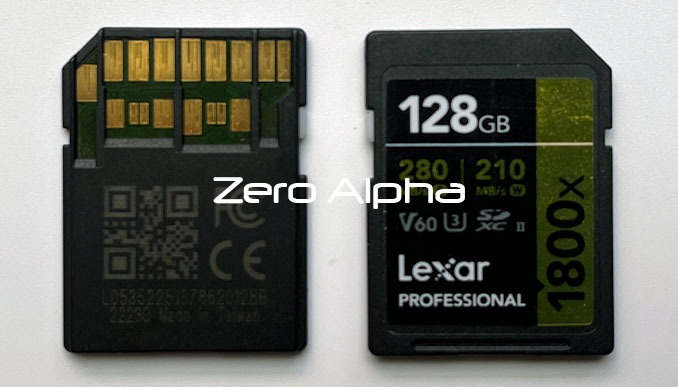Lexar Professional 1800x SDXC Data Recovery
At Zero Alpha, we specialise in Lexar Professional 1800x SDXC data recovery, helping you retrieve valuable photos, videos, and files from damaged or unreadable cards. Whether your SD card is not detected, has been accidentally formatted, or physically broken, our expert team is here to assist. We offer a convenient mail-in data recovery service Australia-wide, making it easy to get professional help no matter where you're located.

Common Problems with Lexar Professional 1800x SDXC Cards
-
Card not detected by camera or computer
-
"Card needs to be formatted" error
-
Corrupted or inaccessible files
-
Accidental deletion or formatting
-
Physical damage to the card or connectors
-
Slow or failed data transfer
-
Water or heat exposure
-
File system corruption (exFAT/FAT32 errors)
-
Card suddenly showing incorrect capacity
-
Read errors or device freezing when inserted